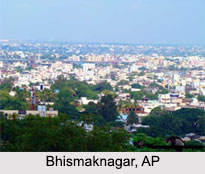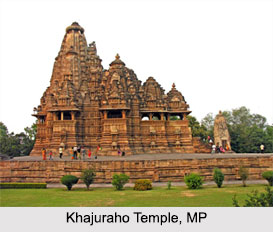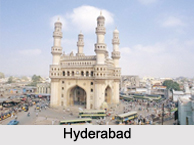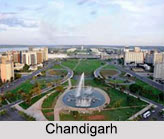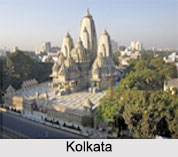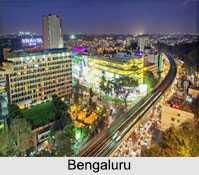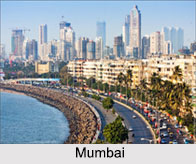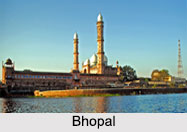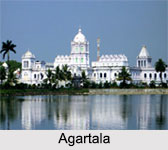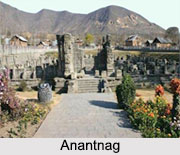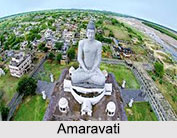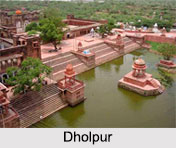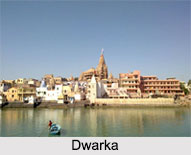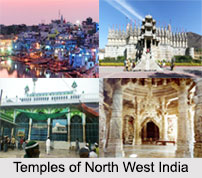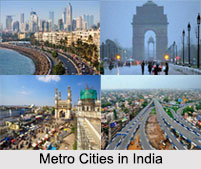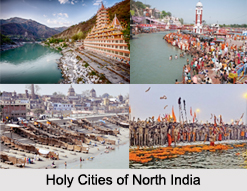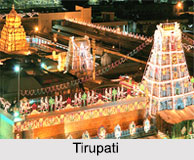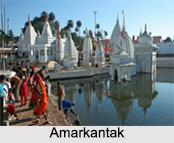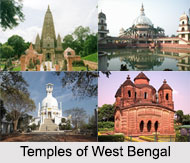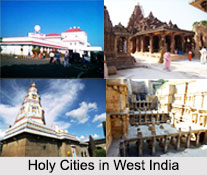Pappireddipatti is located in Dharmapuri district in the Indian state of Tamil Nadu. It is a town panchayat and also a revenue taluk. The town is enclosed by lofty hills on all its directions. The town serves as a business center for the villagers residing in the nearby villages.
Geography of Pappireddipatti
Pappireddipatti experiences a warm and dry climate. The town experiences an average rainfall of 857 millimetres. According to the rainfall station situated at Chitteri the town recorded its maximum rainfall of 1,640.9 millimetres in the year 1991. Pappireddipatti is surrounded by the enchanting Kalrayan Hills on the eastern side and Shevaroy Hills on the western side.
Pappireddipatti is largely enveloped by hard crystalline rock. During the winters the ground water level varies from .41 metres to 19.07 metres while during the summer months the level varies from 2.94 metres to 9.47 metres. The region is mostly covered by the hydrological soil group `D.`
Dharmapuri district has one of the biggest dams known as Vaniyar Dam at a distance of almost 5km from Pappireddipatti. The dam has been constructed at the base of the Shevaroy Hills. The Vaniyar River, a tributary of Ponnaiyar River is located in the vicinity. The dam has a depth of 65 feet and has the ability to hold 418 million cubic feet water. It has been connected through channels with Venkatasamuthramb Lake, Parayapatti Lake, Aalapuram Lake, Thenkaraikottai Lake and Onthiampatti Lake. The catchment area located in Shevaroy Hills is the main source of water for the dam. The dam received water mainly during the monsoon months. However, it remains dry when the monsoon fails. A beautiful park as well as an officer`s quarters is located close by.
Pilgrimage Centres in Pappireddipatti
Pappireddipatti serves as an important pilgrimage centres visited by devotees from different places. Some of the important shrines located here are Puthu Murugan Temple, Mariyamman Temple, Adiparasakthi Temple, Kannimaryamman Temple, Lord Murugan Hill Temple, Mariyamman Temple, Kanikaparameswari Amman Temple, Kakku Mariyamman Temple, Arasamaram Vinayagar Temple, Ellayamman Temple, Mariamman Temple, Vediyappan Temple, Kaniamman Temple, Veerabathiran Temple, New Pillayar Temple, Lord Murugan Hill Temple, Kaniamman Temple and others.
Educational Institutions in Pappireddipatti
Pappireddipatti has established several schools and colleges to cater to the educational needs of the town. Some of the important schools located here are, Panchayat Union Primary School, Panchayat Union Primary School Jeeva Nagar, Govt. Higher Secondary School for Boys, Govt Higher Secondary School, Panchayat Union Primary School, Govt Higher Secondary School for girls, Annai Matric Hr. Sec. School, ERK Hr. Sec. School, Indian Matric. Hr. Sec. School and others. Besides there are few colleges here like E.R.K College of Education, E.R.K Arts and Science College for Women, Government Arts and science college, Shreenivasa Engineering College, Stanley B.Ed College, Adiparasakthi Polytechnic College etc.
Pappireddipatti is well connected to different modes of transports. The nearest railway station is located at Bommidi at a distance of 16.4 km from Pappireddipatti. The roads here connect to the district headquarter Dharmapuri and close by city Salem.
